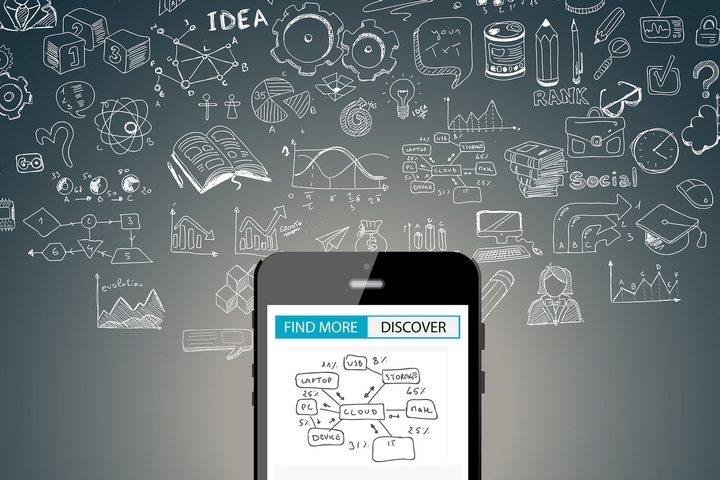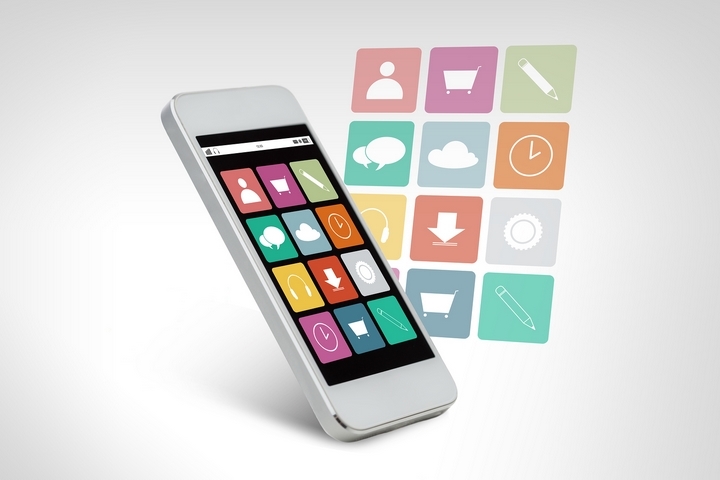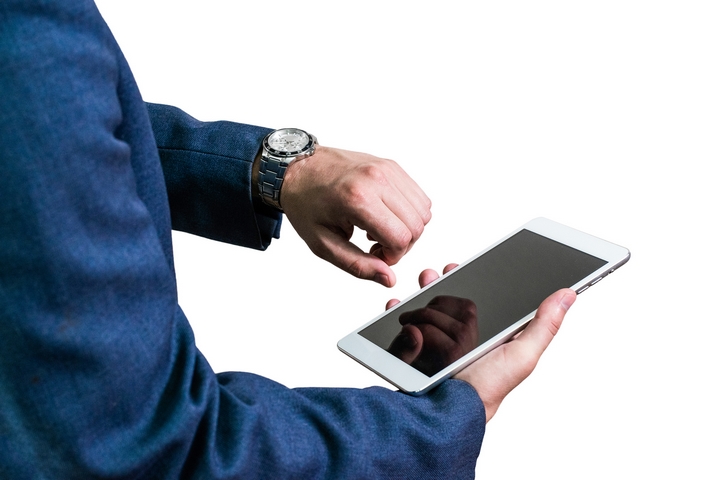To make the user experience of a mobile app genuinely seamless, everything from the onboarding process to the checkout process needs to work correctly. In mobile app development, usability plays a significant role in the creation of user experiences that are enjoyable, efficient, and pleasant.
If an app is considered useful and valuable to a user, but it demands a lot of effort and time from them, it will struggle in the marketplace. That’s why developers should make an effort to follow the mobile app usability best practices and techniques.
Navigation may seem simple when designing a mobile app, but overlooking it can impact the UX negatively, and that’s the difference between a deleted app and a returning user. The following are seven mobile app usability best practices that you should adopt:
1. Your mobile app should have error-free functionality

Generally, app creators don’t focus enough effort on perfecting an app’s functionality for its users. As a result, they end up with a faulty product. Mobile users will abandon an app if it doesn’t deliver the expected experience.
One of the mobile app usability best practices is to help the user to complete the tasks to achieve their set goal. This is the motivation behind downloading an app to begin with.
For users to get through the tasks quickly, prioritize core features during the development phase of the product roadmap. Offer relevant mobile-only functionalities to encourage more users to download the app, so they don’t have to revert to a website.
2. Your mobile app must have efficient onboarding

This is the process of integrating new employees into an organization or familiarizing a new client or customer with a product or service. The goal is to show what value your app is bringing to the user. You can do this by taking them through an actual demonstration of how to achieve what they want.
If a user experiences trouble with the first few screens, they’re likely to abandon the app without hesitation. To avoid this, delivering an excellent onboarding experience is one of the best mobile app usability best practices to attract and retain users.
There are many strategies one can use to maximize user experience during the onboarding phase. The aim is to give users a reason to come back. One of these strategies is using video tutorials for the demonstration. An onboarding experience lowers the abandonment rates.
3. Your mobile app should have platform usability

For mobile users, having an app that isn’t compatible with their smartphone is a common problem. For example, Android and iOS are two drastically different platforms.
Each OS adheres to entirely different design, programming, and interface considerations. This means that navigation between the two differs dramatically. When making an app, you need to consider its usability across the different platforms to help users interact intuitively.
4. Your mobile app should have simple navigation

One of the main issues users face when using mobile apps is poor navigation, especially m-commerce ones. When a user first installs an app, they need to know how to navigate their way towards their goal clearly, be it booking an appointment, finding information or purchasing a product.
Make sure your app’s navigation has as few barriers as possible. In most cases, apps come with unique features, but the designers often struggle to fit them into the layout in a way that’s sensible for the user. Navigation should be understandable, so users don’t end up lost.
5. Your mobile app should have clear and concise content

When designing an app for mobile functionality, it’s important to simplify the content. Tailor your content for mobile instead of copying it directly from the web. Including too much information results in a poor user experience. This is because one has to do some digging to find specific content. Ideally, a user should consume content with minimum pinching and zooming. This can be done by presenting the information clearly and concisely.
However, you also need enough content for the user to achieve their goal. This is especially true for buying processes. When making a purchase, a consumer will want to see the complete information first, and withholding any data, such as shipping costs or purchase totals, will result in lower conversion rates.
6. Minimize the number of steps in your mobile app

The fewer steps, buttons, pages and fields required to input data, the better. When designing your app, in each section where a user is needed to complete an action, find a way of making the experience simpler and shorter. Look at each activity you ask your user to perform as an added barrier. The fewer the steps, the closer a user is to achieving their goal in the mobile forms apps.
Have the app store users’ billing and shipping information, for example, then automatically add them to orders, so users don’t have to refill these form fields every time manually. In cases where a user might need to change their billing and shipping info, provide a visible edit button at the checkout area.
For retail and m-commerce apps, checking out can be frustrating. One is required to type in their email address and physical location. They also have to confirm the selection of the appropriate product using a small screen. Designing an app with a convenient checkout process encourages users to purchase more items within a shorter time frame.
7. Reduce scrolling in your mobile app

Content prioritization is a significant part of the mobile app usability best practices. Users should get most of the information they need within the limits of their smartphone screen. Scrolling down is inevitable in some cases, but side-scrolling is something you should avoid. Typically, valuable content tends to get hidden when a user is scrolling sideways.




